Summary
The lake is supplied by the Rio Grande and its tributaries, and also receives water from snowpack in the surrounding mountains. The lake is used for recreational activities, such as fishing, boating, camping, and hiking, and also provides irrigation water for nearby agricultural lands. The reservoir is managed by the U.S. Army Corps of Engineers and has a capacity of 123,000 acre-feet. The hydrology of the area is complex, as it is influenced by the surrounding mountain ranges and their snowpack, as well as the unpredictable nature of the Rio Grande's flow. Despite these challenges, Cochiti Lake remains an important source of water and recreation for the surrounding community.
Reservoir Details
| Storage 24hr Change | 0.16% |
| Percent of Normal | 80% |
| Minimum |
3,548.0 acre-ft
1975-02-01 |
| Maximum |
396,167.0 acre-ft
1987-06-23 |
| Average | 55,116 acre-ft |
| Dam_Height | 251 |
| Hydraulic_Height | 246 |
| Drainage_Area | 14635 |
| Year_Completed | 1975 |
| Nid_Storage | 722000 |
| Structural_Height | 251 |
| Surface_Area | 1200 |
| Outlet_Gates | Vertical Lift - 0 |
| River_Or_Stream | RIO GRANDE & SANTA FE |
| Dam_Length | 28300 |
| Hazard_Potential | High |
| Primary_Dam_Type | Earth |
| Nid_Height | 251 |
Seasonal Comparison
Storage Levels
Storage Levels
Pool Elevation Levels
Total Release Levels
Inflow Levels
Weather Forecast
Nearby Streamflow Levels
Dam Data Reference
Condition Assessment
SatisfactoryNo existing or potential dam safety deficiencies are recognized. Acceptable performance is expected under all loading conditions (static, hydrologic, seismic) in accordance with the minimum applicable state or federal regulatory criteria or tolerable risk guidelines.
Fair
No existing dam safety deficiencies are recognized for normal operating conditions. Rare or extreme hydrologic and/or seismic events may result in a dam safety deficiency. Risk may be in the range to take further action. Note: Rare or extreme event is defined by the regulatory agency based on their minimum
Poor A dam safety deficiency is recognized for normal operating conditions which may realistically occur. Remedial action is necessary. POOR may also be used when uncertainties exist as to critical analysis parameters which identify a potential dam safety deficiency. Investigations and studies are necessary.
Unsatisfactory
A dam safety deficiency is recognized that requires immediate or emergency remedial action for problem resolution.
Not Rated
The dam has not been inspected, is not under state or federal jurisdiction, or has been inspected but, for whatever reason, has not been rated.
Not Available
Dams for which the condition assessment is restricted to approved government users.
Hazard Potential Classification
HighDams assigned the high hazard potential classification are those where failure or mis-operation will probably cause loss of human life.
Significant
Dams assigned the significant hazard potential classification are those dams where failure or mis-operation results in no probable loss of human life but can cause economic loss, environment damage, disruption of lifeline facilities, or impact other concerns. Significant hazard potential classification dams are often located in predominantly rural or agricultural areas but could be in areas with population and significant infrastructure.
Low
Dams assigned the low hazard potential classification are those where failure or mis-operation results in no probable loss of human life and low economic and/or environmental losses. Losses are principally limited to the owner's property.
Undetermined
Dams for which a downstream hazard potential has not been designated or is not provided.
Not Available
Dams for which the downstream hazard potential is restricted to approved government users.
Area Campgrounds
| Location | Reservations | Toilets |
|---|---|---|
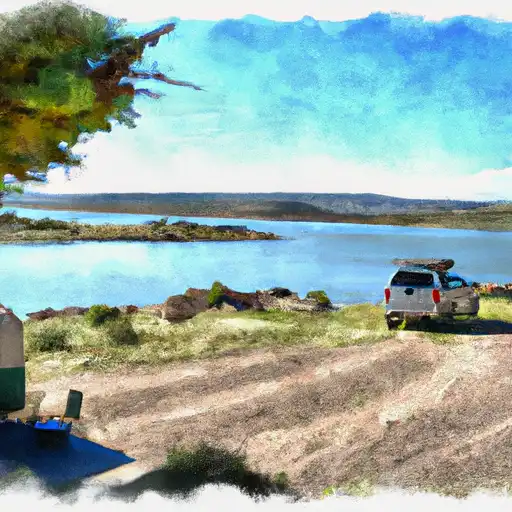 Cochiti - Cochiti Lake
Cochiti - Cochiti Lake
|
||
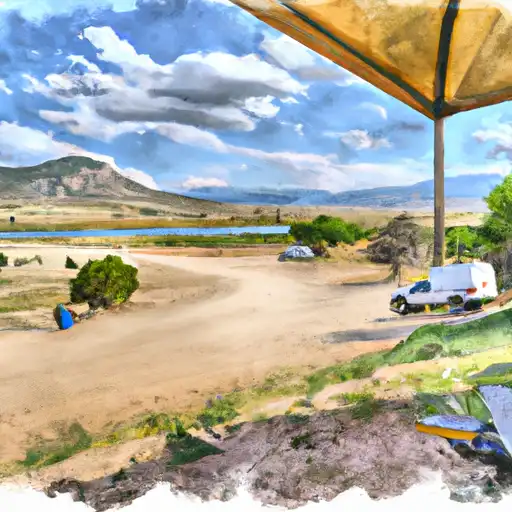 Tetilla Peak - Cochiti Lake
Tetilla Peak - Cochiti Lake
|
||
 Juniper - Bandelier National Monument
Juniper - Bandelier National Monument
|

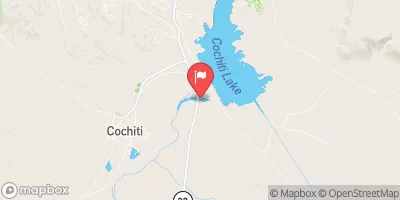
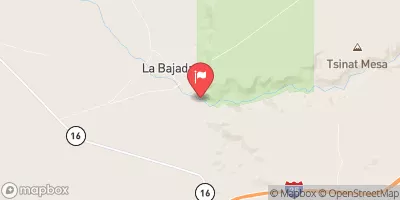
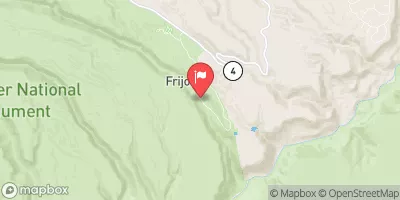
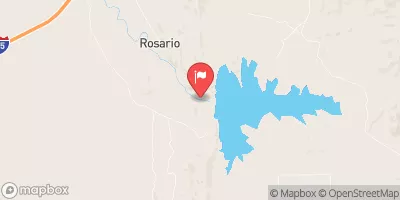
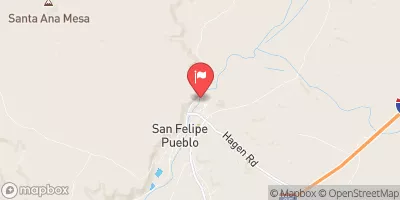

 Cochiti Dam
Cochiti Dam
 Cochiti Lake
Cochiti Lake